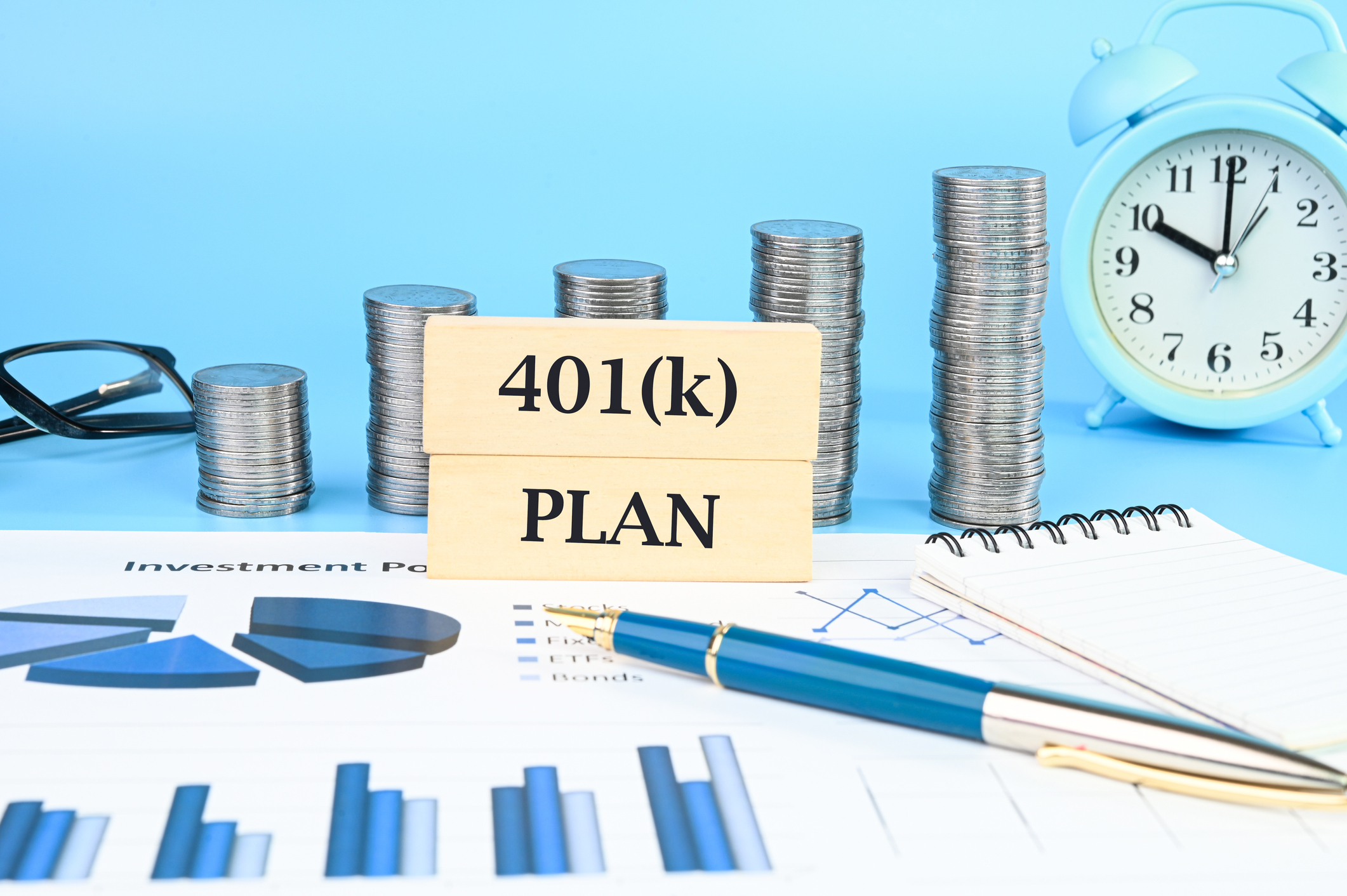A Different Kind of Rising-Dividend Fund
Despite the fund’s name, many of the holdings inside Fidelity Dividend Growth stiff shareholders.

When you see the phrase “dividend growth” in a mutual fund’s name, you better look under the hood. Not all rising-dividend funds are built the same.
Although prospectuses generally give managers plenty of wiggle room, the stewards of most big rising-dividend funds stick close to the letter of their charters. For example, of the 115 stocks held recently by T. Rowe Price Dividend Growth (symbol PRDGX), 98% pay a dividend. All 49 of the stocks in the portfolio of Vanguard Dividend Growth (VDIGX), a member of the Kiplinger 25, share the wealth with stockholders. As the names of these funds indicate, the managers look for companies that pay dividends now and are likely to raise them in the future.
Now, consider Fidelity Dividend Growth (FDGFX). Seven of the fund’s 25 biggest holdings stiff shareholders. And at last report, 62% of the fund’s $7.8 billion in assets were in securities that pay a dividend or interest (the fund owns a few bonds). Clearly, this is a different sort of rising-dividend fund.

Sign up for Kiplinger’s Free E-Newsletters
Profit and prosper with the best of expert advice on investing, taxes, retirement, personal finance and more - straight to your e-mail.
Profit and prosper with the best of expert advice - straight to your e-mail.
Larry Rakers, who took over its management in September 2008 after six years in charge of Fidelity Balanced (FBALX), explains Dividend Growth’s evolution this way: “You open up my prospectus and it says, ‘Thou shalt pick stocks that pay a dividend or that Fidelity thinks someday could pay a dividend.’ But how does Fidelity pay Larry? They pay Larry on the basis of total shareholder return, so I’m driving my fund to maximize total return.”
Rakers says he studied the performance of stocks that pay high dividends with those that pay no dividends at all and found that over long periods, the dividend payers do not outpace the nonpayers. So he talked about the situation with Fidelity’s lawyers and decided that Dividend Growth would place at least 65% of its assets in income-generating securities—primarily dividend-paying common stocks but also convertible bonds and straight bonds. The converse, obviously, is that he can put up to 35% of assets in nonpayers—hence, the presence of such companies as Cisco Systems (CSCO), Google (GOOG) and something called Petrohawk Energy (HK) among Dividend Growth’s top 25 holdings recently.
Beyond dividends, Rakers’s process focuses on what he calls EVE—earnings, valuation and the economy. Says Rakers: “Two things matter for stocks—the financial fundamentals of the companies and what you pay for them. But early in my career, the economy slapped me around a little, so I think it’s important to look at the economic backdrop as well.”
In particular, Rakers looks at the index of leading economic indicators. He fine-tunes his portfolio depending on what the index suggests about the future course of the economy. When he took over Dividend Growth’s reins in 2008, he positioned the fund for a stronger economy, a decision that resulted in a miserable fourth quarter (the fund plunged 27%, compared with a decline of 22% for Standard & Poor’s 500-stock index), but that set up a stellar 2009 (the fund rose 51%, 25 percentage points ahead of the index). Year-to-date through June 21, Dividend Growth gained 1.6%, beating the S&P 500 by one point.
Rakers’s reading of today’s tea leaves suggests that the economy will continue to grow. Until recently, he adds, he was moving from a strategy of investing during a recovery to a strategy of investing during an expansion. That meant positioning the fund a bit more conservatively by raising its dividend yield and putting more money into larger companies. But as the S&P 500 was in the midst of falling 14%, says Rakers, “I stopped this process and actually unwound it a little because I saw a lot of very cheap midcap names with low or no dividend yield.”
With more than 500 stocks in his fund, Rakers relies heavily on Fidelity’s army of about 100 stock analysts. Every weekday morning he gets a fat report containing information on about 400 companies. All told, Rakers says, he “stalks” about 2,300 stocks and has a “recipe” —the price to buy and the price to sell—for each one. “The recipe changes as the story changes and is a function of the outlook for a company and its future growth rate,” says Rakers.
So, for example, he might invest in the stock of IBM (IBM), “a boring company with a long track record,” when its price-earnings ratio is 20% below the overall market’s and sell when the P/E is 10% above the market’s. “A computer doesn’t pick the valuation range in the recipe. Larry does. And that’s how Larry gets to keep his job.”
Whether you should hand over your money to Rakers depends on the kind of fund you want. For now, we prefer the more sedate approach of Vanguard’s offering. But if you want a fund that is somewhat more flexible, Fidelity Dividend Growth is a defensible choice.
The fund’s initial minimum is $2,500 for regular accounts and $500 for retirement accounts. The current expense ratio is a low 0.62%. Fidelity, to its credit, adjusts the fund’s management fee based on performance, so the expense ratio will rise if Dividend Growth outpaces the S&P 500 over a three-year period.
Get Kiplinger Today newsletter — free
Profit and prosper with the best of Kiplinger's advice on investing, taxes, retirement, personal finance and much more. Delivered daily. Enter your email in the box and click Sign Me Up.

-
 Financial Security vs Financial Freedom: What's the Difference?
Financial Security vs Financial Freedom: What's the Difference?Having the ability to pivot without worrying about financial support is where financial security becomes financial freedom.
By Justin Donald Published
-
 Retired and Worried About a Recession? Six Ways to Prepare
Retired and Worried About a Recession? Six Ways to PrepareRetirees can plan for a near-term recession with a range of strategies, from small investment changes to significant lifestyle hacks.
By Maurie Backman Published
-
 Smart Ways to Invest Your Money This Year
Smart Ways to Invest Your Money This YearFollowing a red-hot run for the equities market, folks are looking for smart ways to invest this year. Stocks, bonds and CDs all have something to offer in 2024.
By Jeff Reeves Published
-
 Vanguard's New International Fund Targets Dividend Growth
Vanguard's New International Fund Targets Dividend GrowthInvestors may be skittish about buying international stocks, but this new Vanguard fund that targets stable dividend growers could ease their minds.
By Nellie S. Huang Published
-
 Best 401(k) Investments: Where to Invest
Best 401(k) Investments: Where to InvestKnowing where to find the best 401(k) investments to put your money can be difficult. Here, we rank 10 of the largest retirement funds.
By Nellie S. Huang Last updated
-
 7 Best Stocks to Gift Your Grandchildren
7 Best Stocks to Gift Your GrandchildrenThe best stocks to give your grandchildren have certain qualities in common.
By Dan Burrows Last updated
-
 How to Find the Best 401(k) Investments
How to Find the Best 401(k) InvestmentsMany folks are likely wondering how to find the best 401(k) investments after signing up for their company's retirement plan. Here's where to get started.
By Deborah Yao Published
-
 How to Master Index Investing
How to Master Index InvestingIndex investing allows market participants the ability to build their ideal portfolios using baskets of stocks and bonds. Here's how it works.
By Nellie S. Huang Last updated
-
 The Best Vanguard ETFs to Buy
The Best Vanguard ETFs to BuyThe best Vanguard ETFs all feature rock-bottom fees, large asset bases and long trading histories. Here are a few of our favorites.
By Jeff Reeves Last updated
-
 Donor-Advised Funds: A Tax-Savvy Way to Rebalance Your Portfolio
Donor-Advised Funds: A Tax-Savvy Way to Rebalance Your PortfolioLong-term investors who embrace charitable giving can easily save on capital gains taxes by donating shares when it’s time to get their portfolio back in balance.
By Adam Nash Published